Increased Focus on Customer Experience
The Live Chat Software Market is significantly influenced by the heightened focus on customer experience across various sectors. Organizations are increasingly investing in technologies that facilitate seamless interactions with customers, recognizing that superior service can lead to increased loyalty and revenue. Research indicates that companies prioritizing customer experience can achieve revenue growth rates of 4-8% above their market competitors. This trend underscores the necessity for businesses to implement live chat solutions, which provide immediate support and personalized interactions, thereby enhancing the overall customer journey and satisfaction.
Growth of E-commerce and Online Services
The expansion of e-commerce and online services plays a pivotal role in the growth of the Live Chat Software Market. With the increasing number of consumers shopping online, businesses are compelled to provide efficient customer support to address inquiries and concerns promptly. Data suggests that 42% of online shoppers prefer live chat for assistance, highlighting its effectiveness in driving sales and improving customer experience. As e-commerce continues to flourish, the demand for live chat solutions is expected to rise, enabling businesses to engage with customers in real-time and enhance their overall shopping experience.
Rising Demand for Real-Time Customer Support
The Live Chat Software Market experiences a notable surge in demand for real-time customer support solutions. Businesses increasingly recognize the importance of immediate assistance in enhancing customer satisfaction and retention. According to recent data, companies utilizing live chat report a 73% satisfaction rate among customers, significantly higher than those relying solely on email or phone support. This trend indicates a shift towards more interactive and responsive customer service models, compelling organizations to adopt live chat solutions. As consumers expect instant responses, the Live Chat Software Market is likely to expand, driven by the need for businesses to remain competitive in a fast-paced digital environment.
Advancements in Technology and Integration Capabilities
Technological advancements and improved integration capabilities are driving the evolution of the Live Chat Software Market. The integration of live chat with customer relationship management (CRM) systems and other business tools allows for a more streamlined approach to customer interactions. This integration enables businesses to access customer data in real-time, facilitating personalized service and efficient issue resolution. As technology continues to advance, the Live Chat Software Market is likely to witness increased adoption of sophisticated solutions that enhance operational efficiency and customer engagement.
Growing Importance of Analytics and Performance Metrics
The growing importance of analytics and performance metrics is shaping the Live Chat Software Market. Businesses are increasingly leveraging data analytics to assess the effectiveness of their customer support strategies. By analyzing chat interactions, organizations can identify trends, measure customer satisfaction, and optimize their service offerings. This data-driven approach not only enhances the quality of customer interactions but also informs strategic decision-making. As companies recognize the value of performance metrics in improving service delivery, the demand for live chat solutions equipped with robust analytics capabilities is expected to rise.


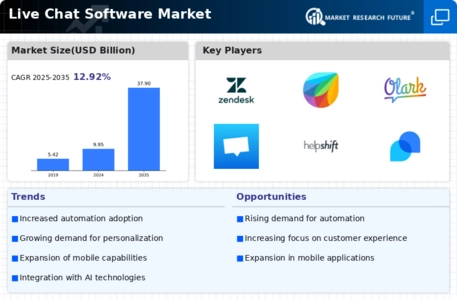
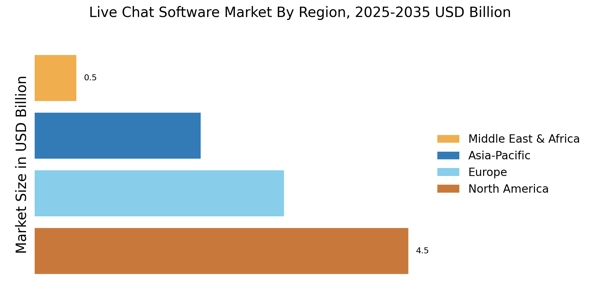
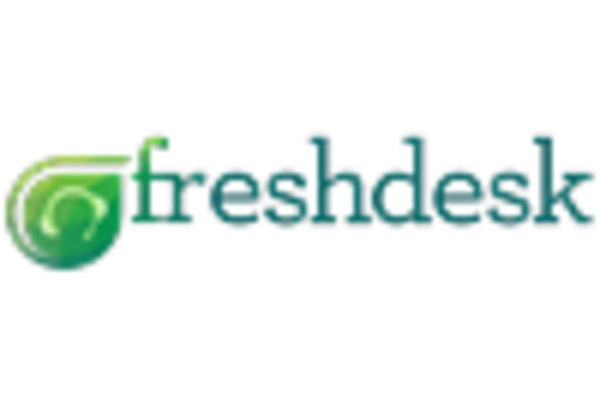
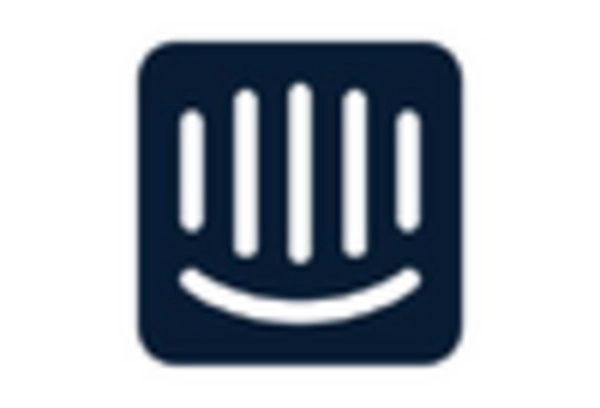
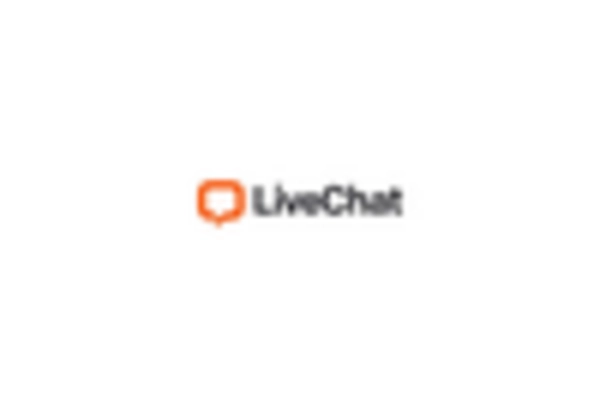
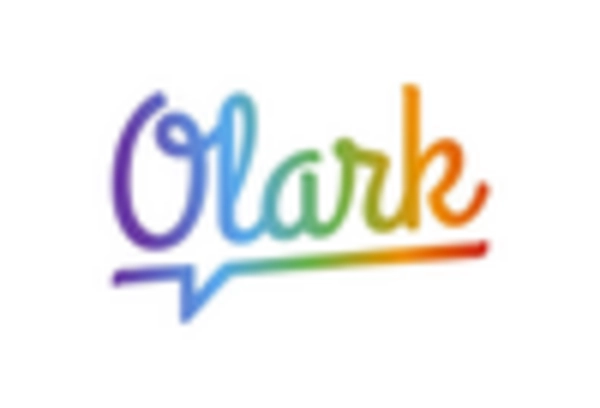

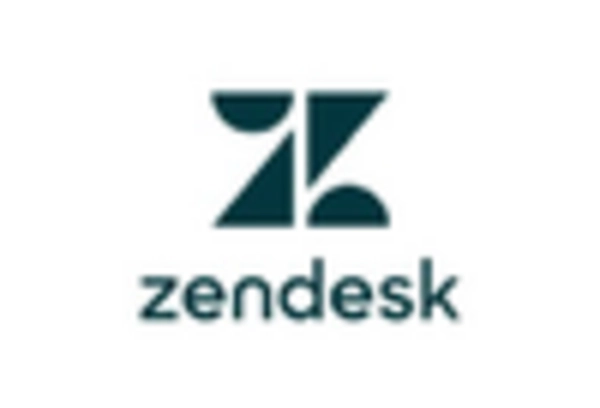








Leave a Comment